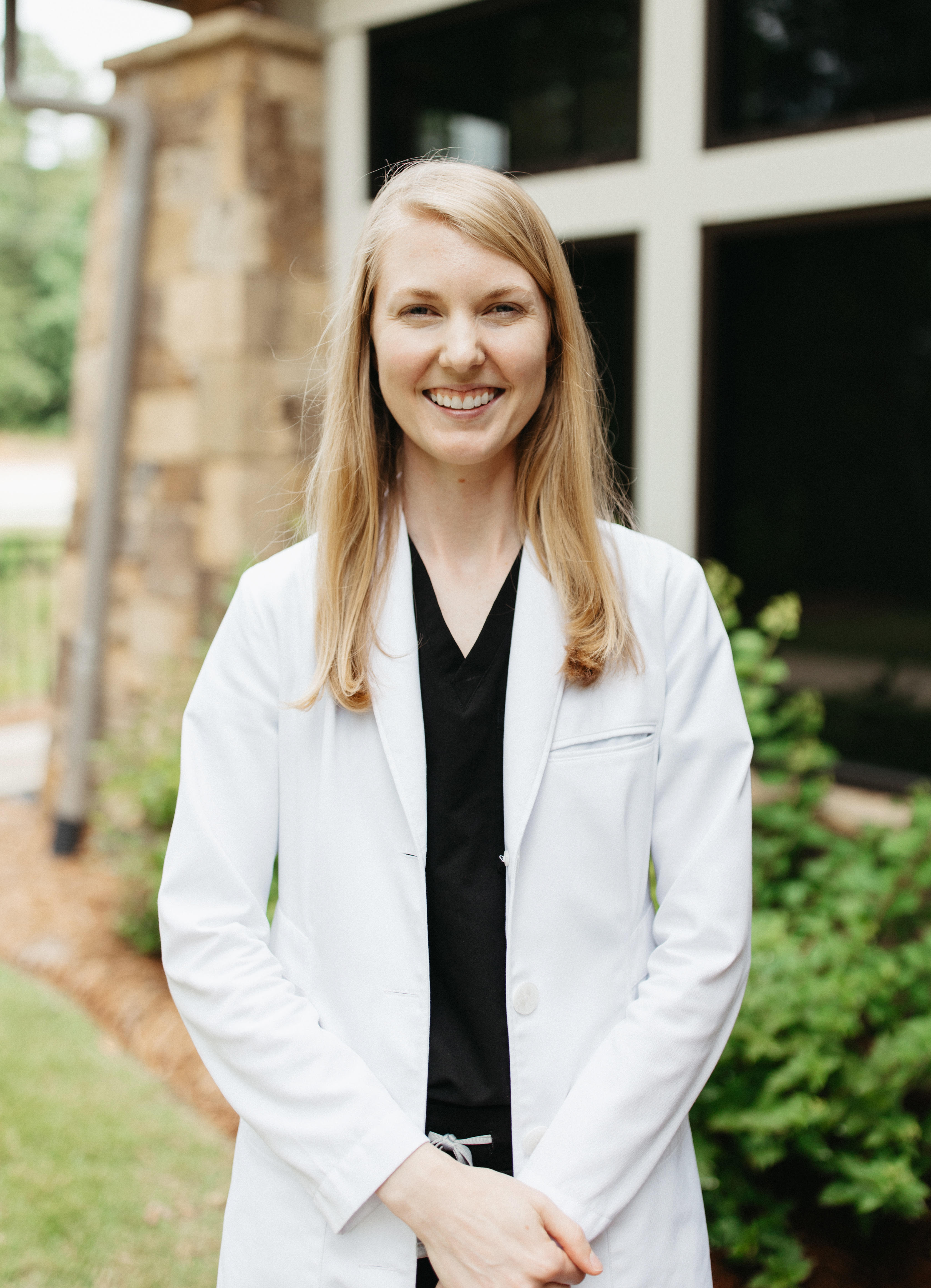Reducing Procedural Stress and Preparing for Life After a Skin Cancer Diagnosis
I was diagnosed with melanoma at age 15. My family was living in Minnesota at the time and I was fortunate enough to have surgery at the Mayo Clinic. Years later, now as a practicing dermatology PA, I appreciate even more what a privilege it was to be treated at one of the best hospitals in the world. Yet, despite Mayo’s rapid response (being scheduled for surgery within a week of diagnosis) and having an efficient, experienced surgical team, it was still a terrifying experience as a teenager! Having melanoma at such a young age inspired me to pursue a career in dermatology. My hope is now that through education and encouragement, I can alleviate my patients’ fears and provide them with an even better experience than mine.
Clarity is Kindness
As dermatology clinicians, the information we provide patients, and how this information is communicated, greatly influences their experience.
When my parents were contacted by the dermatology office to relay my diagnosis and to schedule surgery, I remember being told “a little more” would need to be removed. As providers we know there is a significant difference between a biopsy scar and a wide-margin skin cancer excision. You can imagine my surprise when the surgeon began drawing purple lines from the lateral aspect of my eyebrow up to my hairline and well into the scalp.
I often hear patients say that they too are surprised by the size of their excisions. In my practice, I try to prepare my patients for surgery the day of biopsy. When I am confident a skin cancer has been identified, I communicate the process of Mohs surgery. I explain the need for margins and elongating excisions to approximate wound edges. I address healing time, if a loved one should accompany them, and discuss the possibility of further testing (such as sentinel lymph node biopsies). Lastly, follow-up appointments after surgery and the frequency and importance of full body skin exams are emphasized. All of this is easily accomplished in one to two minutes; and not wanting to increase anxiety while the biopsy results are secured, this information is presented in a “just in case” format.
The question I ask myself is this, “What does this patient need to know to be the most prepared and the least afraid?” There is not a one-size-fits-all answer. What we share and how we communicate should be individualized to the patient’s personality, age, comprehension, and preferences. Clarity is kindness. If I had been given a clearer picture of how extensive my surgery would be, it would have saved me from the shock I endured. Giving our patients appropriate expectations will reduce stress because they will have a better understanding of what is coming.
Empowering Patients
Following a skin cancer diagnosis, some patients can become fixated on their health. I remember panicking when I developed lymphadenopathy after surgery, which was caused by an infection unrelated to the melanoma. Due to my age, I still had a PET scan to ease concern, which was negative.
I have had many patients come to their first appointment following Mohs with an extensive list of concerning lesions. While I am happy they are more aware of their skin, I do not want them to become anxious. What puts them at ease is teaching them identifying features of skin cancers. I use photos and describe how squamous cell carcinoma, basal cell carcinoma, and melanoma typically present. I like to tell my patients that we are a team. Their at-home skin exams are just as important as their visits with me--they know their body best and can sometimes recognize changes before I can. I also assure my patients if a new lesion develops, or an existing lesion changes, we can promptly schedule them for evaluation. Patients are empowered when provided with basic knowledge and access to their providers.
Although we treat skin cancers every day, for most of our patients it may be the first time they are told they have cancer. As dermatology providers, we can clearly and compassionately educate and prepare our patients for subsequent surgery and their life after a skin cancer diagnosis.
Leah Watts, PA-C, lives in the beautiful mountains of north Georgia. She enjoys spending time with friends and family on Lake Hartwell and cheering for her Clemson tigers. She is a proud member of the Georgia Skin Cancer & Aesthetic Dermatology team.

